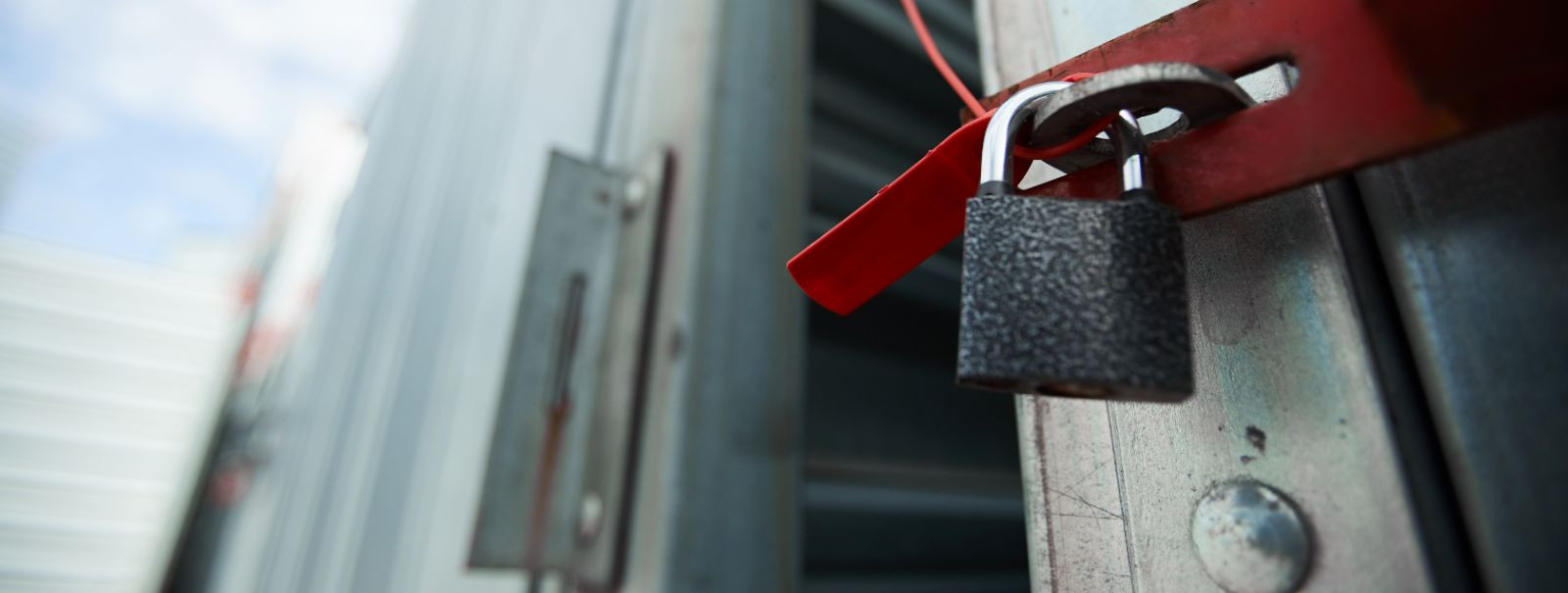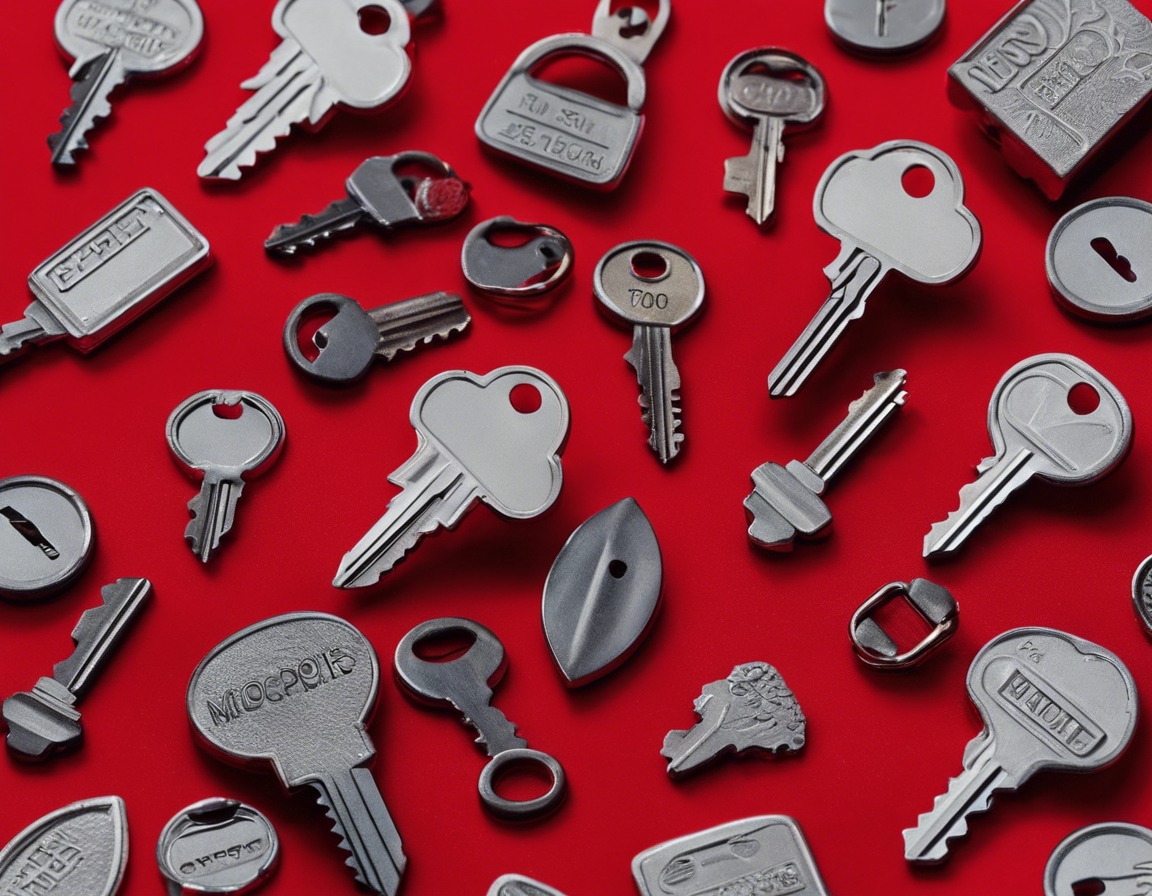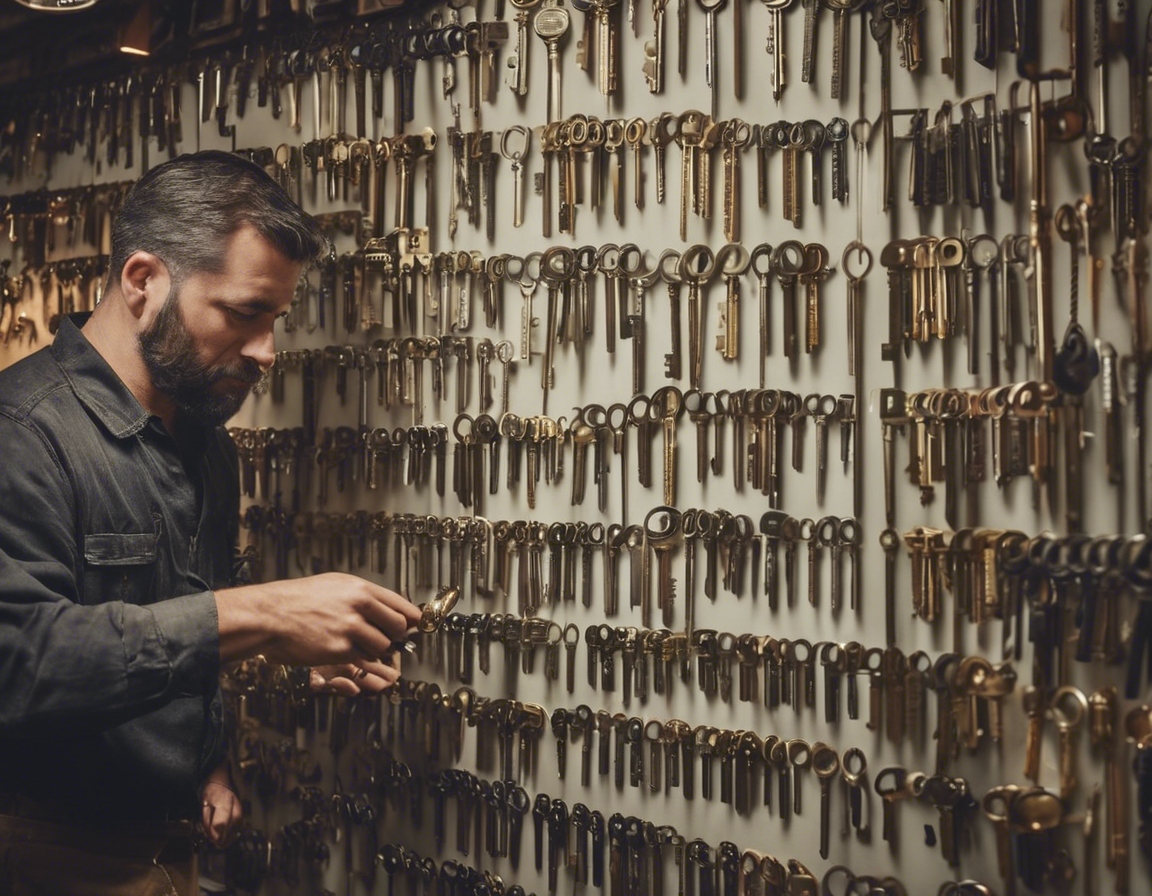The ultimate guide to choosing the right padlock
Security is a paramount concern for homeowners, renters, and vehicle owners alike. A robust padlock can be the first line of defense against theft and unauthorized access. Understanding the various aspects of padlock security is essential in making an informed decision.
Padlocks come in various shapes, sizes, and mechanisms, including closed-shackle, straight-shackle, discus, and combination padlocks, each serving different security needs.
Factors to Consider When Choosing a Padlock
The material of a padlock affects its strength and resistance to cutting or drilling. Common materials include hardened steel, brass, and aluminum. The choice of material should align with the level of security required.
The size of the padlock and the length of the shackle can influence its versatility and the level of security it provides. A longer shackle can be more convenient but may also be more vulnerable to attacks.
The complexity of the locking mechanism determines how easily a padlock can be picked or bypassed. Consider padlocks with double locking mechanisms or those that are key-retaining for added security.
Choosing between a keyed and a combination padlock depends on user preference for convenience versus security. Keyed padlocks offer a higher level of security, while combination padlocks eliminate the need for carrying keys.
For outdoor use, it is crucial to select a padlock that is weather-resistant to prevent rusting and freezing, which can impair functionality.
Security ratings by recognized standards organizations can guide consumers in selecting a padlock that meets their security needs. Look for ratings such as CEN, ASTM, or BS EN 12320.
Specialized Padlocks for Different Needs
High-security padlocks offer advanced protection with features like restricted keyways, anti-drill plates, and shrouded shackles. They are ideal for safeguarding high-value items.
Travel padlocks are typically TSA-approved, allowing airport security to inspect luggage without damaging the lock. They are compact and lightweight for ease of travel.
Outdoor padlocks are designed to withstand harsh weather conditions and are often made of weatherproof materials with protective coverings.
Storage unit padlocks should be chosen for their robustness and resistance to bolt cutters, as storage units are common targets for thieves.
Maintenance and Care for Padlocks
Keeping a padlock clean from dirt and debris is essential for maintaining its functionality and prolonging its life.
Proper lubrication with the correct products can prevent the internal mechanism from seizing up, especially in colder climates.
Regular inspection for signs of wear and damage can help in determining when a padlock needs to be replaced to ensure continued security.






Comments (0)